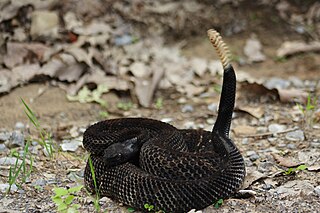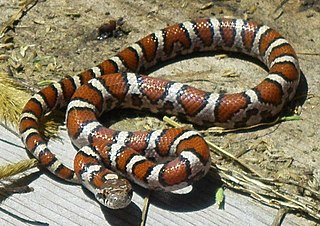Recently I reported on a study that documented declines of 50-90% in 17 populations of 8 snake species (please see article linked below). These findings brought to mind the global amphibian decline that was first uncovered in 1990. Since then, an emerging disease caused by the fungus Batrachochytrium dendrobatitis has likely caused the extinctions of over 100 frog species. Researchers seeking to avoid a similar crisis among the world’s snakes have now identified an emerging illness, Snake Fungal Disease, as cause for serious concern. Associated with a newly-described fungus, Chrysosporium ophiodiicola, the disease has been found in several species in 9 states (USA), but is likely much more widespread.
New Victims of a New Fungus
The global snake declines mentioned above first came to light in the late 1990’s, but explanations remain elusive. In 2008, herpetologists became alarmed when Eastern Massasaugas (or Swamp Rattlesnakes) in Illinois and Timber Rattlesnakes in New Hampshire showed evidence of an unusual fungal infection. A fungus (Chrysosporium sp.) that had previously been isolated from captive snakes, but never in the wild, was identified from head lesions on the Timber and Swamp Rattlesnakes. All of the snakes submitted for study expired.
In April of 2013, the USGS National Wildlife Health Center announced the discovery of a fungus new to science, Chrysosporium ophiodiicola. This fungus has been implicated in an emerging disease that is now afflicting snakes in the Eastern and Midwestern USA. Increasing numbers of snakes showing evidence of infection have been found by USGS biologists, who fear that the disease may devastate snake populations.
Is Snake Fungal Disease the “Next Chytrid”?
If the examples set by “Chytrid” (amphibians), White-Nose Syndrome (bats), and other emerging diseases hold true, the USA’s snakes may face a bleak future. Already, a 50% decline in one population of Timber Rattlesnakes has been credited to Snake Fungal Disease. Unfortunately, the lack of long term studies, and the difficulties involved in finding ill snakes, hinders efforts to understand the disease. In fact, it is not even known if Chrysosporium ophiodiicola actually causes Snake Fungal Disease. It is the only species that is always present on afflicted snakes, but other fungi sometimes occur as well.
Snake Fungal Disease has been documented in 9 states, including New York, Minnesota, Florida, New Jersey and Wisconsin, but is believed present but unidentified in others. In addition to the species mentioned earlier, Eastern Racers, Eastern Rat Snakes, Northern Water Snakes, Milk Snakes and Pygmy Rattlers have been infected. Symptoms of the disease include thickened skin, abnormal molts, subcutaneous nodules, ulcers, cloudy eyes (not associated with a molt), scabs or crusted skin, and swelling about the face.
Your Input and Observations Needed
The USGS is seeking input from those who keep snakes and observe them in the wild. As we know very little about Snake Fungal Disease and its possible effects on snake populations, I urge anyone who may have useful observations to please post a note below. I’ll then be able to advise you as to how best to proceed.
Further Reading
Global Snake Population Declines
Inclusion Body Disease (“Stargazing”) in Captive Reptiles
Snake Fungal Disease – Conservationists Fear Emerging Disease Epidemic
That Reptile Blog





















